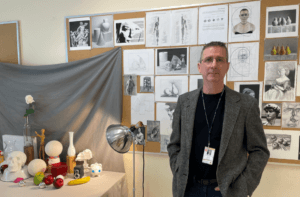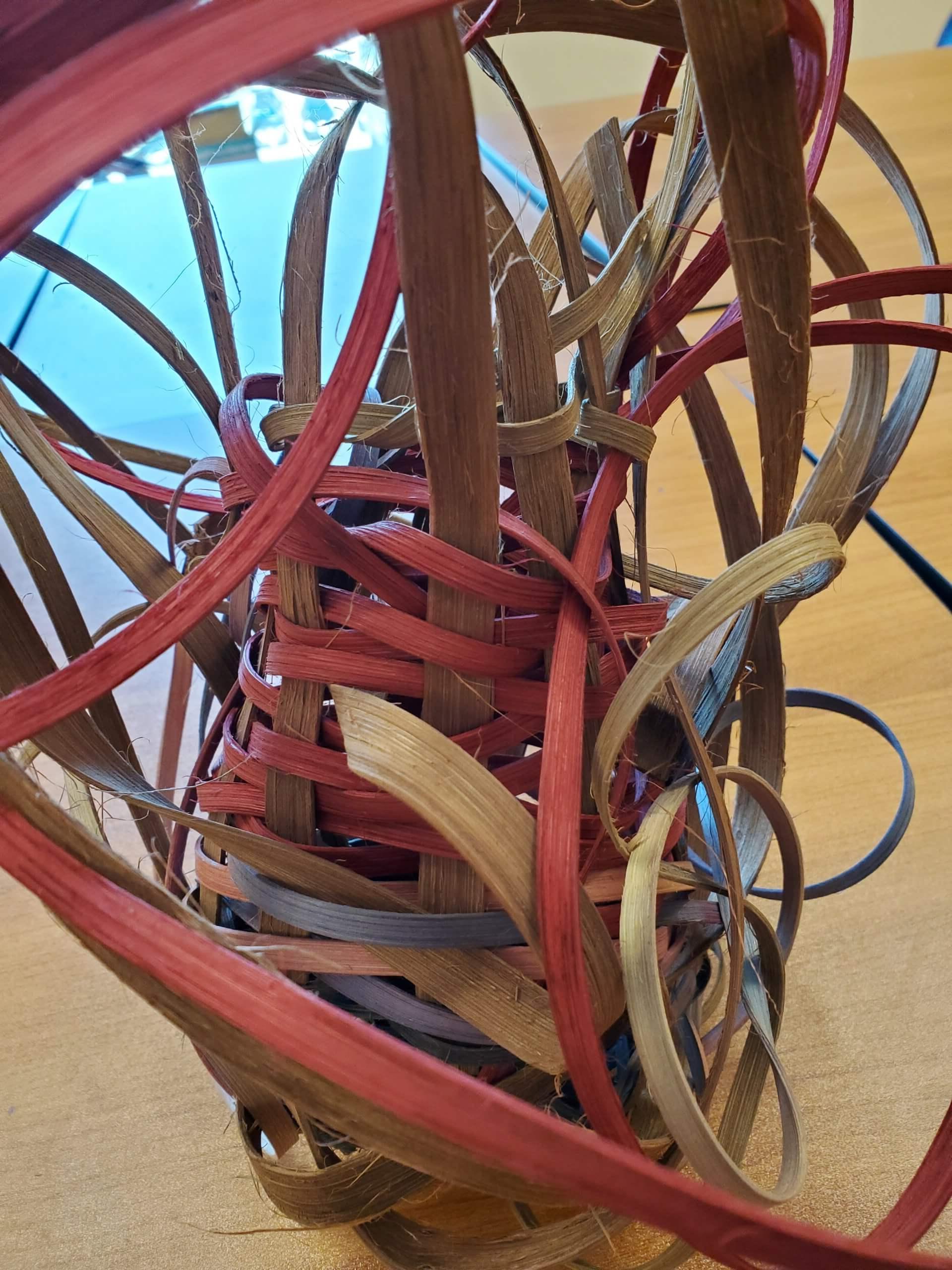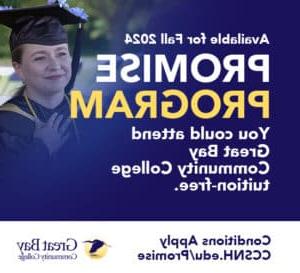Overview
Does drawing, painting or making things feed your soul? Being creative is an innately human trait. The Associate Degree in Fine Arts offers studio classes in drawing, painting, design, printmaking, sculpture and jewelry making. Multiple offerings in art history provides context for your personal creative process. Our on-campus gallery exposes students to the work of contemporary New England artists and provides exhibition opportunities for student work.
Creative problem solving, art criticism and familiarity with visual language is integrated into each class. Emphasis is on developing a personal aesthetic, the ability to communicate a visual statement and a strong portfolio. Oral and written reflection and hands-on skills using multiple mediums enrich each student’s personal journey. Transfer to a four-year art college is strongly encouraged.
There are many career choices for the fine arts graduate. The stereotype of the starving artist is no longer valid in our connected world. Social media and international networks connect artists with patrons, galleries and corporations. There is no machine that can perform creative problem solving, and therefore, it has become a desirable skill in the workplace.
Why Great Bay?
- Emphasis on developing the student’s personal aesthetic and creative problem-solving skills and self-expression.
- Classes requiring specialized equipment are offered offsite in professional studios.
- Transfer to several New England colleges.
- Onsite art gallery.
Career Options
- Studio Artist
- Designer
- Gallery Manager
- Art and Craft Educator

| Meet Program Coordinator |
Curriculum Outline
The classes and coursework required is as follows:
First Year: Fall Semester
| Course ID | Course | Theory | Lab | Credits |
|---|---|---|---|---|
| FYE115G | Fine Arts | 1 | 0 | 1 |
| ENGL110G / 111G | College Composition I / College Comp I with Lab | 4 | 0/2 | 4/5 |
| MATH145G / 147G | Quantitative Reasoning / Plus | 4 / 5 | 0 | 4 / 5 |
| Or higher in the Applied Math / Statistics pathway, or suitable transfer credit as determined by the Math Department. | ||||
| ARTS123G | Drawing I | 2 | 3 | 3 |
| Social Science Elective | 3 | 0 | 3-4 | |
| Total Credits | 15-18 | |||
First Year: Spring Semester
| Course ID | Course | Theory | Lab | Credits |
|---|---|---|---|---|
| ENGL214G | Introduction to Creative Nonfiction | 3 | 0 | 3 |
| MATH215G | Finite Mathematics | 4 | 0 | 4 |
| OR | ||||
| MATH225G | Probability and Statistics | 4 | 0 | 4 |
| ARTS223G | Drawing II | 2 | 3 | 3 |
| Art History Elective | 3 | 0 | 3 | |
| Choose from ARTS 117G, ARTS 127G, or ARTS 137G | ||||
| Fine Arts Elective | 2 | 0 | 3 | |
| Total Credits | 16 | |||
Second Year: Fall Semester
| Course ID | Course | Theory | Lab | Credits |
|---|---|---|---|---|
| Lab Science Elective | 3 | 3 | 4 | |
| Social Science Elective | 3 | 0 | 3-4 | |
| Fine Arts Elective | 3 | 0 | 3 | |
| Fine Arts Elective | 3 | 0 | 3 | |
| Fine Arts Elective | 3 | 0 | 3 | |
| Choose from the following: ARTS117G, ARTS127G, ARTS137G, ARTS225G, ARTS220G, ARTS230G, ARTS124G, ARTS126G, ARTS235G. | ||||
| Total Credits | 16-17 | |||
Second Year: Spring Semester
| Course ID | Course | Theory | Lab | Credits |
|---|---|---|---|---|
| Lab Science Elective | 3 | 3 | 4 | |
| Social Science Elective | 3 | 0 | 3-4 | |
| Fine Arts Elective | 2 | 0 | 3 | |
| Fine Arts Elective | 2 | 0 | 3 | |
| ARTS125G | Visual Language | 3 | 0 | 3 |
| Choose from the following: ARTS117G, ARTS127G, ARTS137G, ARTS225G, ARTS220G, ARTS230G, ARTS124G, ARTS126G, ARTS235G. | ||||
| Total Credits | 16-17 | |||
Total Overall Credits: 63-68
Theory, lab, and credit hours may vary depending on the elective course chosen.
Program Outcomes
Graduates will demonstrate the following:
• Render realistic and expressive images in a variety of media.
• Present a portfolio of images that demonstrates artistic skill, direction and a consistent personal style.
• Transform an idea into a finished work of art.
• Demonstrate technical expertise in a variety of two and three dimensional media.
• Situate personal work within contemporary culture.
• Understand major art periods and movements from Ancient to Modern periods of Art History.
• Understand the role of the artist in the 21st century.
• Explore and identify careers in the arts.
• Demonstrate creative problem solving.
• Demonstrate the ability to critique the work of others in written and oral formats.
• Demonstrate the ability to reflect, describe and assess one’s own work.
• Demonstrate the use of visual vocabulary in oral and written work.
• Demonstrate the ability to use art materials appropriately, safely and responsibly.





